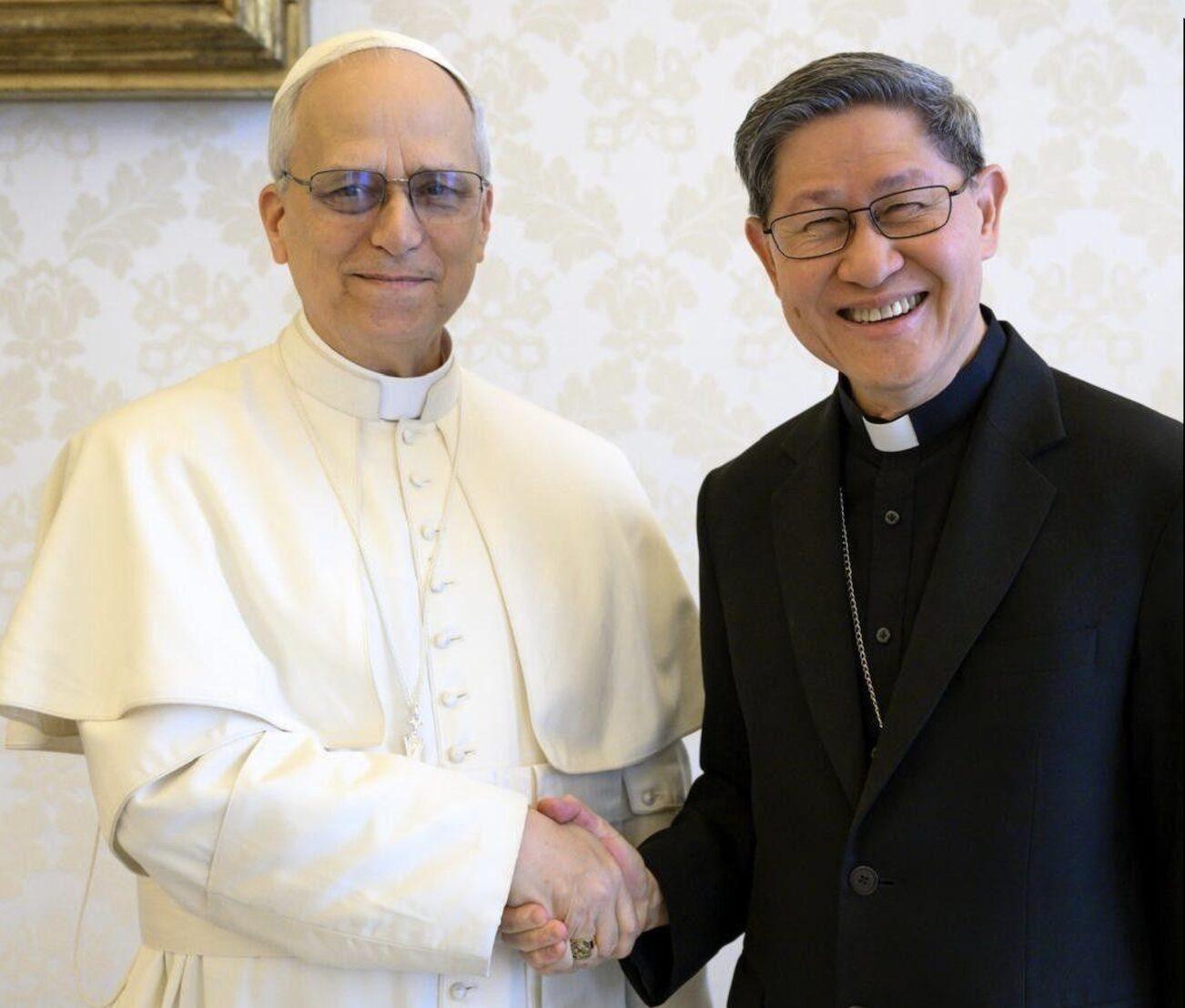Chinese President Xi Jinping and President Barack Obama reached a deal on Wednesday, Nov. 12 at the Asia-Pacific Economic Cooperation summit to reduce greenhouse gas emissions throughout the next several years.
“As the world’s two largest economies, energy consumers and emitters of greenhouse gases, we have a special responsibility to lead the global effort against climate change,” Obama said at a joint press conference with Xi.
Combined, China and the US release approximately 45 percent of the world’s carbon dioxide.
Under the “historic agreement,” China would peak carbon dioxide emissions no later than 2030 and increase the percentage of energy generated by non-fossil fuels to 20 percent that same year, while the United States would cut its carbon emissions between 26 to 28 percent below levels set in 2005 by 2025.
Both nations received praise from European Union (EU) leaders, including Christina Figueres, the Union’s top official on climate change.
“These two crucial countries have today announced important pathways towards a better and more secure future for humankind,” she said.
Although China and the US have received support from the global community, achieving its new goals comes with certain obstacles. The accord is also touted as a “major milestone in the US-China relationship.”
China will also be required “to deploy an additional 800-1,000 gigawatts of nuclear, wind, solar and other zero emission generation capacity by 2030 – more than all the coal-fired power plants that exist in China today and close to total current electricity generation capacity in the United States,” according to a White House statement.
In the US, the pace of carbon reduction will need to double from an average of 1.2 percent per year between 2005 and 2020 to 2.3 to 2.8 percent between 2020 and 2025.
Additionally, Obama faces opposition from Republicans, who will now compose the majority of the nation’s Senate following the midterm election.
“Our economy can’t take the president’s ideological war on coal that will increase the squeeze on middle-class families and struggling miners,” said Sen. Mitch McConnell (R. Ky.), the incoming Senate majority leader. “This unrealistic plan, that the president would dump on his successor, would ensure higher utility rates and far fewer jobs.”
China is currently the world’s biggest carbon dioxide emitter, though it has made drastic cuts in the last eight years. It has prohibited the construction of coal plants in certain areas, which has resulted in a drop from 90 gigawatts in 2006 to 36.5 gigawatts in 2013, the World Resources Institute states.
Along with other major countries, China and the US will reveal a more detailed plan in March of next year, following the Lima Climate Change Conference, which will be held in Peru in December.
(With reports from BBC, CNN, The Washington Post and Wall Street Journal)
(www.asianjournal.com)
(Las Vegas November 13-19, 2014 Sec. A pg.1)





